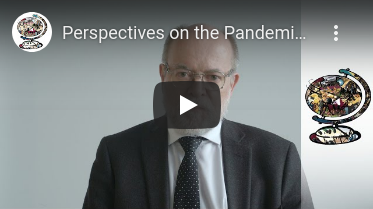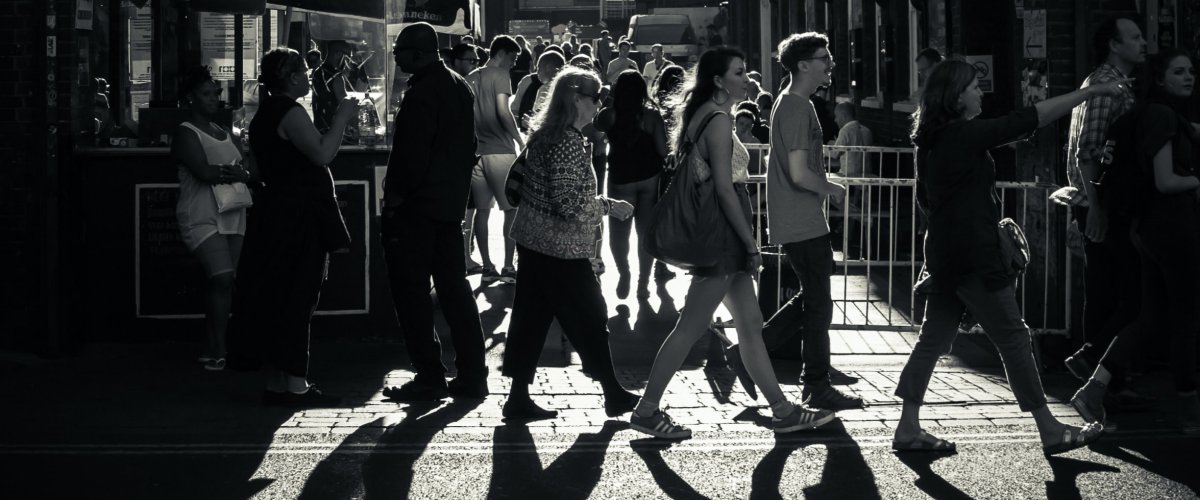An evidence-based guide
What is the scientific and medical basis for the measures being put in place for COVID-19? Should we wear face-masks? Is social distancing helpful? Did lockdown prevent deaths? Many people are afraid but all the evidence shows that most of us have nothing to fear. The great majority of people, even in the highest risk groups, will be fine.
This site uses official data and referenced information from widely respected sources around the world.
Key facts
COVID-19 can indeed be a terrible disease for a segment of the population but if news headlines are your only source of information, you may be surprised to discover that most have little to fear from the virus itself. Despite the frightening reports, experts in the field of epidemiology, microbiology and virology have enough evidence to come up with these key facts.
| 1 | COVID-19 is a disease defined by symptoms and not a virus. It’s therefore not transmitted nor can you test for it using nasal or throat testing kits. SARS-CoV-2 is the coronavirus that prompted the worldwide pandemic response. In at least 80% of cases, the virus produces either no symptoms or a mild cold-like illness. For most of the population, the infection fatality rate for COVID-19 is is 0.03%-0.07%. Seasonal flu is around 0.1%-0.2%.
The vast majority of us have no risk of dying from COVID-19. Studies show that 99.94% survive COVID-19 and will be resistant for a long time. The QCovid risk calculator from Oxford University can be used to calculate your risk of death or hospitalisation. |
| 2 | The people at risk from COVID-19 are clearly defined and should be protected with targeted measures. Children are not susceptible to it nor do they transmit the virus. However, COVID-19 can be deadly for older and vulnerable people so it’s important to protect them. This will help eliminate hospital overcrowding. Nevertheless, the average age of someone who dies from COVID-19 is around 82 years. This is higher than the average life expectancy in the UK which is around 81 years. |
| 3 | Lockdowns will prevent population immunity and prolong the problem. Isolating the vulnerable and allowing the remaining population to practice safe distancing has been a historically proven way of dealing with flu-like viruses. |
| 4 | Fear instilled by panic and hysteria in the media is causing more people to die. Many are refusing to seek medical care because they are afraid to leave their homes. Others have not received proper medical care because of new procedures put in place. |
| 5 | There is no strong medical evidence that face masks prevent infection with respiratory viruses, including COVID-19. This is even stated in government guidelines for businesses. COVID-19 style social distancing has little to do with the historically proven practice of isolating sick people. There is no scientific evidence that these measures prevent the spread of the disease. |
Listen to medical experts
Medical experts and notable scientists have been speaking out against the COVID-19 hysteria since March 2020. This site summarises their views but you can listen to what they have to say directly.
Great Barrington Declaration
Infectious disease epidemiologists and public health scientists including Dr. Sunetra Gupta, Dr. Jay Bhattacharya and Dr. Martin Kulldorff
Dr. John Ioannidis
Stanford University

Prof. Knut Wittkowski
Headed The Rockefeller University’s Department of Biostatistics, Epidemiology, and Research Design
Inform yourself about the issues
“A government cannot stop a virus. What stops a virus is natural immunity. It’s impossible to stop a virus by government decree.”
Professor Yoram Lass, former Israeli Health Ministry chief
What is happening now will affect us for decades to come. Do not leave your children’s future in the hands of the media, politicians and corporations. This site will provide you with some references but it is important that you find out for yourself what the evidence is telling us. Our generation and generations to come will have to live with the decisions being made while we are told to stay at home.
“Do not be afraid, but go on speaking and do not be silent”
Guides
Here are some guides to get yourself and others better informed.
- The Evidence that most have nothing to fear from COVID-19
- How SAGE and the UK media created fear in the British public
- COVID-19 Vaccination
- Children and COVID-19
- Supporting alternative platforms
Sources
We collect information for this site from official data, mainstream sources and world-renowned experts.
Experts
- Dr. Sucharit Bhakdi
- Dr. Jay Bhattacharya
- Professor Dolores Cahill
- Professor Johan Giesecke
- Professor Sunetra Gupta
- Professor Carl Heneghan
- Professor John Ioannidis
- Professor Tom Jefferson
- Dr. Malcolm Kendrick
- Professor Yoram Lass
- Dr. John Lee
- Professor Michael Levitt
- Dr. Max Pemberton
- Professor Knut Wittkowski
- Dr. Wolfgang Wodarg
- Dr. Mike Yeadon
- More…
